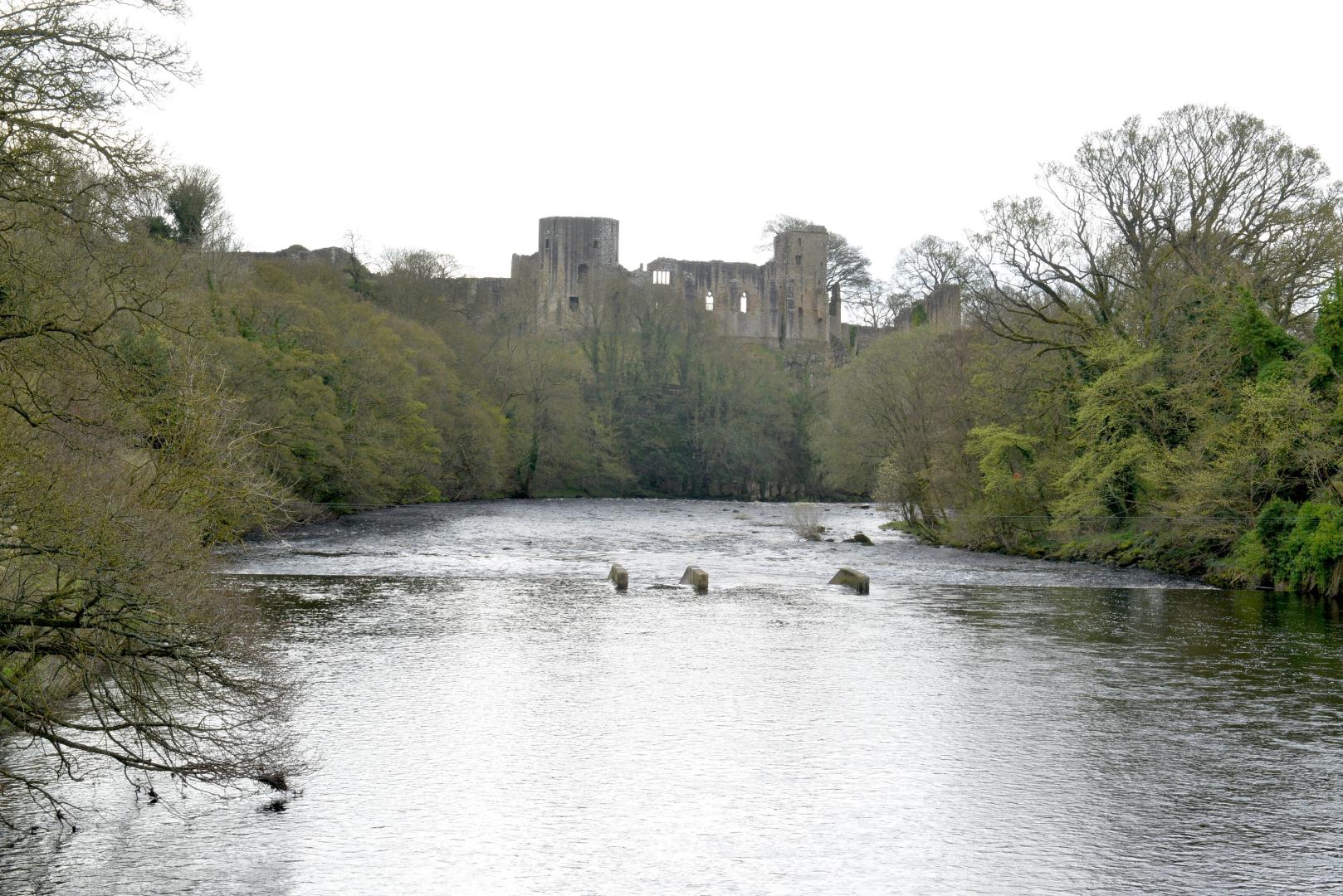THE extent of sewage spills in rivers and waterways in Teesdale has been laid bare in new Environment Agency data.
The EA’s annual report of storm overflow spills shows the single largest contributor to sewage pollution in the dale was caused by Cotherstone Treatment Works, which dumped sewage into the River Balder 223 times last year, for a period lasting 3,674 hours.
This is the equivalent of more than five months of sewage pouring into the waterway during 2023, with an average of five spills a week.
Adding to pollution on the River Balder were 60 combined sewage overflow (CSO) incidents at The Hagg, near Cotherstone.
Northumbrian Water says the increase in the number of sewage spills is because of unusually high rainfall in 2023, which was about 35 per cent higher than in 2022.
However, the utility company also says it will be investing £80m to upgrade the wastewater network to reduce the use of storm overflows.
The EA data shows Middleton Sewage Treatment Works was the main polluter of the River Tees last year, making 162 dumps, covering 2,345 hours.
Other contributors to the River Tees were four CSO incidents at California Row, in Middleton-in-Teesdale, 54 dumps at Romaldkirk Sewage Disposal Works, 14 CSO incidents along Galgate, in Barnard Castle, 20 spills by The Lendings Pumping Station, at Startforth, and 70 overflows at Barnard Castle Sewage Treatment Works.
Sewage treatment works at Whorlton and Gainford added a further 84 dumps into the River Tees.
Deepdale Beck, which feeds into the Tees, was polluted 37 times, for a total of 230 hours, by the pumping station at Startforth.
On 20 of these occasions, the spillages were reported to the Environment Agency by Martin Bacon, who operates the Rotters composting site next to the pump station.
He said the Environment Agency never got back to him, despite the agency’s procedure that the investigating officer contacts the person who reports an incident.
Mr Bacon added: “I have seen them come out and talk to the waterboard managers on site but they have never been to see me.
“The problem is they have changed the pipe that takes the [sewage] away and it is now smaller and cannot cope.
“Also when you take into account all the new houses in Startforth, it will only get worse.
He added: “Because they have changed the pipe this means, in reality, they now have no licence for that outfall pipe.”
Hummer Beck was polluted 115 times last year by sewage from the New Moors Treatment Works, near Evenwood, while the complex at Staindrop released sewage into Sudburn Beck on 65 occasions for a total of 444 hours.
Grewburn Beck, near Copley, was polluted when sanitary sewer overflows occurred at Quarry Lane and a further 24 CSO incidents at The Slack.
Langton Beck suffered dumps by its nearby pumping station on 75 occasions and a further 49 times at Headlam.
Boldron Sewage Treatment Works dumped waste into Manifold Beck 264 times last year, for a total of 1,325 hours.
A spokesperson for Northumbrian Water said: “2023 was one of the wettest years since storm overflow data has been available, with rainfall for the North East around 35 per cent above the amount recorded in 2022.
“Storm overflows are designed to spill when rainfall is heavy.
“As a result of this wet weather, the data for 2023 shows an increase in the operation of storm overflows to prevent customers’ homes and businesses from flooding.
“We share our customers’ passion for our region’s coastlines and rivers and have a clear plan of investment to reduce the reliance on the operation of storm overflows in future. We know that change is needed – which is why we are investing over £80m to reduce our use of storm overflows and to upgrade our wastewater network between 2020 and 2025.
“This will be followed by a further £1.7bn from 2025 to 2030 in a massive environmental programme to stop storm overflow spills and help improve the environment.
“We are also currently trialling some brand-new innovative technology in order to reduce the reliance upon storm overflows across the region – including a real-time smart sewer network in Tyneside, the biggest and first of its kind in the world.
“Over the past 12 months, we have increased our storm overflow monitoring and now gather data from 100 per cent of these assets, meaning we are able to use this to work towards improvements and also respond to alarms to prevent overflows from operating due to sewer blockages.
“The results show that we have some of the lowest amount and durations of spills in the country.
“As well as this, we can also confirm that we did not have any serious pollution incidents throughout the whole of 2023.
“That is now two years in a row since we last had a serious pollution incident and we are industry leading against this performance measure,” added the spokesperson.






